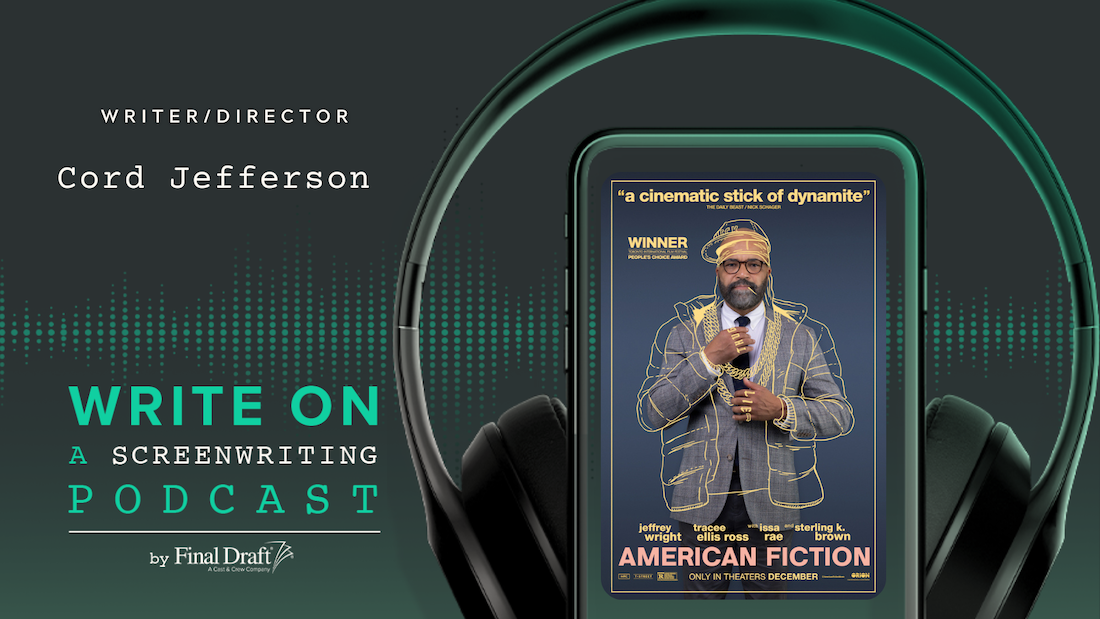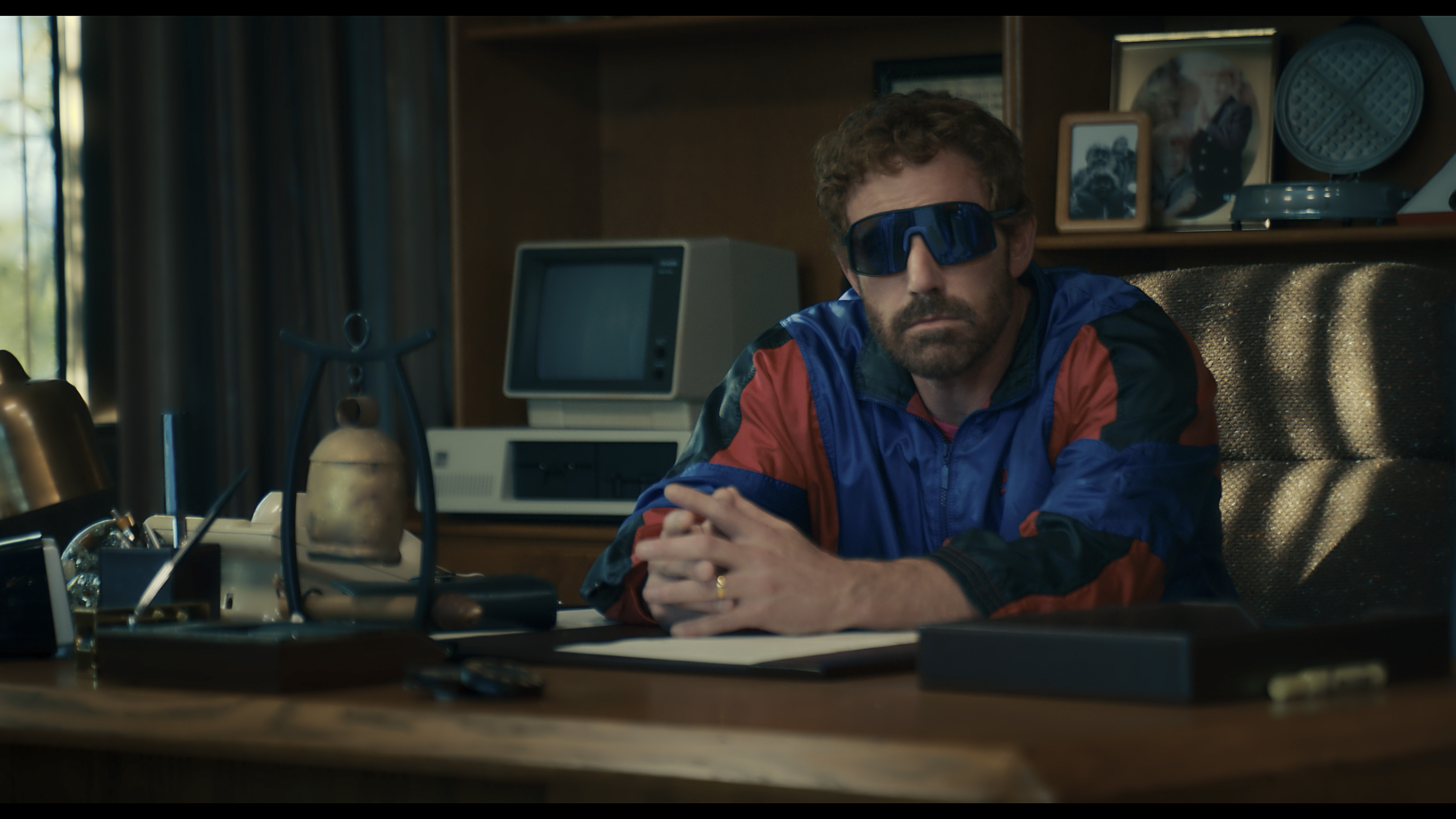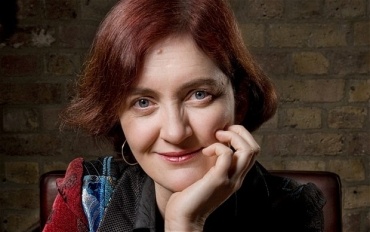Emma Donoghue on Adapting Her Novel "Room" Into a Feature Film
October 13, 2015
If you haven’t read the international best-selling novel, Room, by Emma Donoghue, it tells the story of Jack, a five-year-old boy who lives in captivity with his mother in an underground shed until they manage to escape. In the film, Jack and Ma are played by Jacob Tremblay and Brie Larson, both of whom are getting early Oscar buzz.
But what’s most exciting is the novelist also adapted her own book for the screen - and did a fantastic job. I sat down with Donoghue to find out what that process was like.When I tell Emma Donoghue she’s a unicorn – the rare novelist allowed to adapt her own book for the film - she reminds me there have been much more famous unicorns before her, including Gone Girl author/screenwriter Gillian Flynn and Stephen King, who wrote both the book and screenplay for Pet Sematary. But still, it’s very rare since the art forms are so different. One is intensely personal, the other extremely collaborative. So, how did she earn her golden horn?
“I didn’t wait to be asked, I suppose. I had written the odd script before but nothing had been made. I knew it was a form I could write, even if nothing had hit the screen yet,” said Donoghue.
As soon as she sold her novel to publishers, she worked on the screenplay, knowing that it would be about a year before the novel would be released.
“I thought I could try my hand at a script. It wasn’t so much that I thought I’d be great at it, it was that if I was going to talk to filmmakers and say, I want to be the writer, there’s no point trying to blackmail them into hiring me just because I insist and because I wrote the novel. I wanted to say, Here’s the script - do you like this and can we work together? It seemed more honest,” said Donoghue in her charming Irish lilt.
She also thought it would be great to work on the screenplay without anyone breathing down her neck. “I didn’t want anyone hovering over my shoulder or telling me that a more experienced screenwriter would be better at it, so I thought I’d just go ahead and write it myself, you know? It was nice to write it with a bit of privacy, with nobody nagging me.”
But there was another reason she opened up her Final Draft software. She wanted to add to the women behind the camera in Hollywood.
“The stats on women in film coming out this year have just been abominable. Women are strongly represented in terms of fiction, but in the film world, they seem very under-represented at every level.”
Luckily, she found a director who believed in her 100 percent. Once she started working with director Lenny Abrahamson (2014’s Frank), Donoghue claims it was a perfect fit. “He was very open to working with my script and I was open to learning everything he could teach me about it. The script went through a lot of changes, he really taught me the craft.”
But there was still a learning curve that had less to do with writing dialogue and more to do with relinquishing control. “It’s not that I minded it being a different form. The big shift is not from writing a page of prose for a novel to writing a page in script format, the big change is going from writing a page in script format, handing it over and realizing that page may or may not make it into the final film. You really have to learn to let go and there’s a point when you suddenly don’t get the script back and you realize, ‘Oh, it’s out of my hands now – I need to relax.’ Scenes can be cut, scenes can be changed, lots of things can be altered and actors may improvise.”
Weirdly enough, however, Donoghue loved the fruits of the improvisation that went on during the shoot.
“People like Joan Allen. Brie and Jake were so in character, when Lenny said, ‘Okay, let’s try that scene again, feel free to improvise along the lines of what’s in the script,’ I loved what they came up with. So, there’s all sorts of letting-go moments between handing over the script and the final film. Again, scenes you think you’ve written and they’ve filmed, they’re gone in the edit. But if it’s well done, you don’t feel the lack.”
The Irish native who now lives in Canada said she truly trusted the team she was working with and that made the letting go process much easier. “I knew that whatever decisions Lenny made, he was never going to mess it up.”
Donoghue was convinced Abrahamson was the right director when she received his personal letter.
“I think directors should all use this technique. Most people, when they got in touch, it was a very indirect way. A mention to an agent that someone might be interested. Lenny just sat down and wrote me a ten-page letter. I think it came via my agent, but it was so intelligently written, he’s a very literate, well-read and thoughtful intellectual, it was so warm and human as well. He talked about his kids, so he completely seemed to understand the novel. He got the fact that it wasn’t going to be a crime drama - that it was really all about the parent/child bond. He got the more allegorical sides as well, how Jack’s story could really stand for any human story of starting life in, literally, a small place, then your world gradually expands – he just got it effortlessly and he went on to describe, in great detail, how he would make the film. He kept talking about finding cinematic equivalences for techniques I used in the novel.”
Her first draft didn’t use any voiceover at all – it just seemed like too obvious of a starting place. “Sometimes, when novels get adapted to the screen, you can really tell. The voiceover has a tone that says, ‘This is from a distinguished work of fiction.’ But this story has to work as cinema, and what could be more cinematic than a small child looking at the world. It’s a very readable story in that sense, you’re seeing it through Jack’s eyes, so I thought, Let’s see if I can do it without voiceover.”
Later however, Lenny did ask Emma to write a small bit of voiceover but had very specific instructions, telling her he didn’t want it to explain the action or increase the emotion in each scene. He wanted it to separate sequences from each other, and function as a structuring element.
“He said, ‘Try to write me some voiceover that will contrast with the action, like when Ma is being raped on the bed and you’re hearing the creak, creak, creak. Let’s have Jack talk about something else.’ So often he wanted me to work against the emotion with the voiceover and I was really happy about that. We never used it to milk the scene for more.”
As much as Donaghue is a fan of written fiction, she has grown to love both art forms, saying, “It never felt like a tussle between fiction and cinema. For every loss there is a gain.”
Donaghue hopes to write more screenplays. Her first feature film, Room, opens Oct. 16.
Written by: Shanee Edwards
Shanee Edwards is an L.A.-based screenwriter, journalist and novelist who recently won The Next MacGyver television writing competition to create a TV show about a female engineer and was honored to be mentored by actress/producers America Ferrera. Shanee's first novel, Ada Lovelace: The Countess Who Dreamed in Numbers was published by Conrad Press in 2019. Currently, she is working on a biopic of controversial nurse Florence Nightingale. Shanee’s ultimate goal is to tell stories about strong, spirited women whose passion, humor and courage inspire us all.



